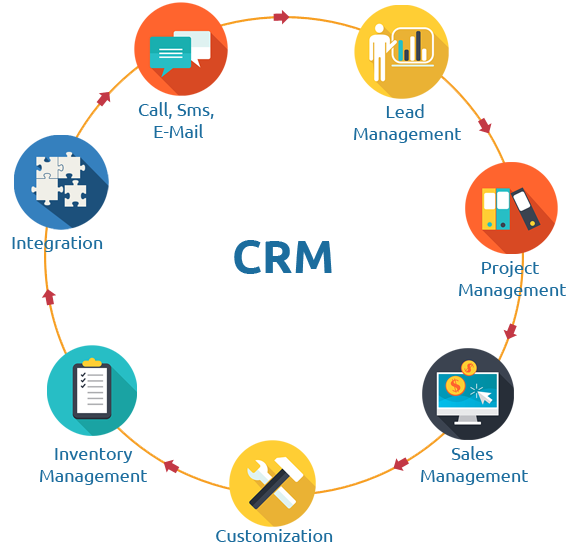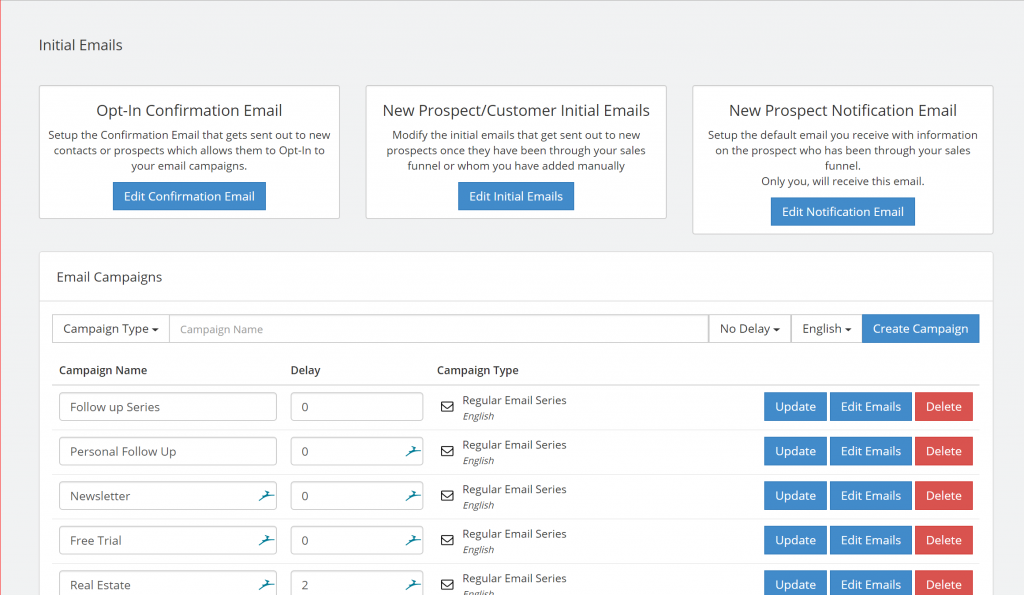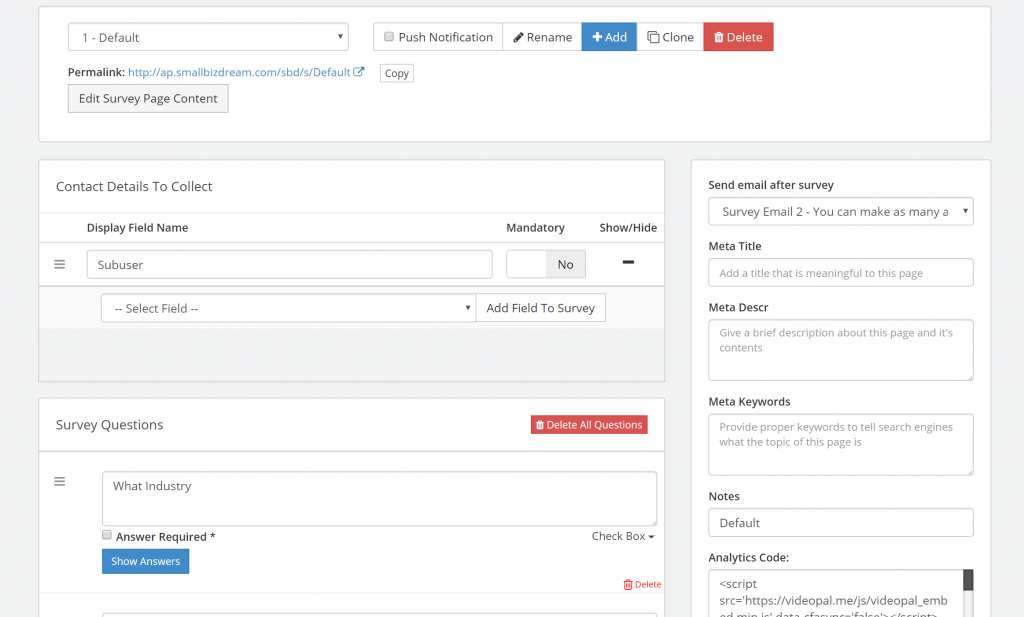Running a successful business takes more than just hard work. A lot of times, it’s more about being smart, critical thinking, and minimizing work through sales and marketing automation and Customer Relationship Management (CRM).
Many small businesses are still missing out on this remarkable tool which would have saved them time and money, reduced stress, and helped grow their business like never before. However, it’s never too late learning about CRMs. We have a system that can help small business owners and salespersons become a CRM virtuoso with practice and a little bit of creativity.
Here are five reasons why you should learn CRM now.
Use Time More Productively
You’ve probably heard about the 80/20 rule with regard to time management and productivity. Put simply, 80 percent of outputs comes from 20 percent of our tasks, while the other 20 percent comes from 80 percent of tasks.
Small business owners often put too much time and energy on things which can easily be done through automation like customer acquisition, and maintaining customer loyalty. Time lost is money lost, so we want to focus more on strategy and developing skill sets such as dealing with prospects and customers – also known as ‘soft skills’ – and be able to automate most of our routine tasks.
Small Business Dream CRM works on the same principle by allowing the system to do most of the heavy lifting so that by the time it gets to you, all it takes is a simple follow-up call, email, or SMS. In other words, we’re working smarter, not harder. Additionally, Small Business Dream keeps your customers in the loop through automated email follow-up series, newsletters, and surveys.
Use Technology to Outpace the Competition
Technology has levelled the playing field for many of our small businesses. We’ve seen this many times with brick and mortar stores, local shops and restaurants growing massively through the internet and social media. It’s incredibly hard to compete with stores like Walmart, Amazon, McDonalds and General Electric, however when it comes to reaching your target audience, no matter if you’re big or small, we all have the same access.
Today, it only takes a simple tool like sales and marketing automation to do certain tasks which would otherwise be more involved and time-consuming. Small Business Dream CRM combines marketing automation with a simple, user-friendly interface to help business owners build their own templates, landing pages, sales funnel, and survey forms, and be able to promote their business on multiple channels, either directly from a sales funnel card (QR code or link to site) or through referral links, social media posts, updates, and invites – the possibilities are endless.
Create a Good Impression about Your Business
Customers will have an opinion about your business during the crucial 8 seconds on your website or landing page. They’d either stay on page to learn more about your business, or look somewhere else. Most of the hard work when trying to get more customers comes from designing landing pages which are both appealing and engaging.
CRMs make it surprisingly easy for businesses to create user experience with potential clients and customers. Small Business Dream integrates a lot of its site-building capabilities on the Sales Funnel Setup enabling business to create stunning websites, sales funnels, and landing pages. With practice you’ll be able to create professional-looking web pages to impress your target audience, but more importantly, convert more prospects into qualified leads and buying customers.
Save Money on Your Marketing Expenses
Automation took over a lot of our tasks such as sending emails, replying to certain requests, promotion, lead acquisition, and so on. It enables small businesses to cut back on marketing expenses while still gaining a competitive edge over the competition whether it’s real estate, insurance, event planners, restaurants, salons, dental practice – pretty much any kind of business.
Nowadays, you don’t have to hire additional personnel to do multiple tasks. You can build on your marketing strategy from time to time, spending just an hour or two on Small Business Dream. Customize your email autoresponder, tweak some settings, and perfect your Sales Funnel after doing all your tasks in the Action List.
Spend as much time as your schedule would allow. For those who need more time typing in customer information, Small Business Dream has a Card Scan function to take care of your data entry tasks, and done-for-you (DFY) website setup packages for busy business owners.
Have Full Control On How You Want to Interact with Customers.
Marketing automation works best with different approaches to customer acquisition such as permission marketing, personalized messages, and human interaction. We want to use both full-automation and semi-automation when dealing with potential clients and customers. Buying lists from data suppliers won’t cut it, and you could end up paying fines on the wrong use of marketing automation like sending unsolicited emails (CAN-SPAM Act of 2003).
Small Business Dream CRM gives business owners total control by combining different approaches on how they wish to interact with their leads and buying customers. Need more clients to fill up your Action List? Set up a Sales Funnel or landing page and have your visitors and walk-in customers optin to your email lists, Facebook, or Twitter follow up series. Use templates to quickly send personalized, semi-automated messages on the fly, or make the call as soon as they show up on your Call List.
Conclusion
Your ability to use CRM will make a big difference in getting more customers and increasing sales. With all the challenges faced by many small businesses and with competition on every turn, this could mean the difference between rapid growth and going out of business. You, too, can experience the power of CRM if you only take the time to put these words into action.
Take your business to the next level through sales and marketing automation. Visit SmallBizDream.com and start using our suite of tools to increase your sales and profitability like never before.






